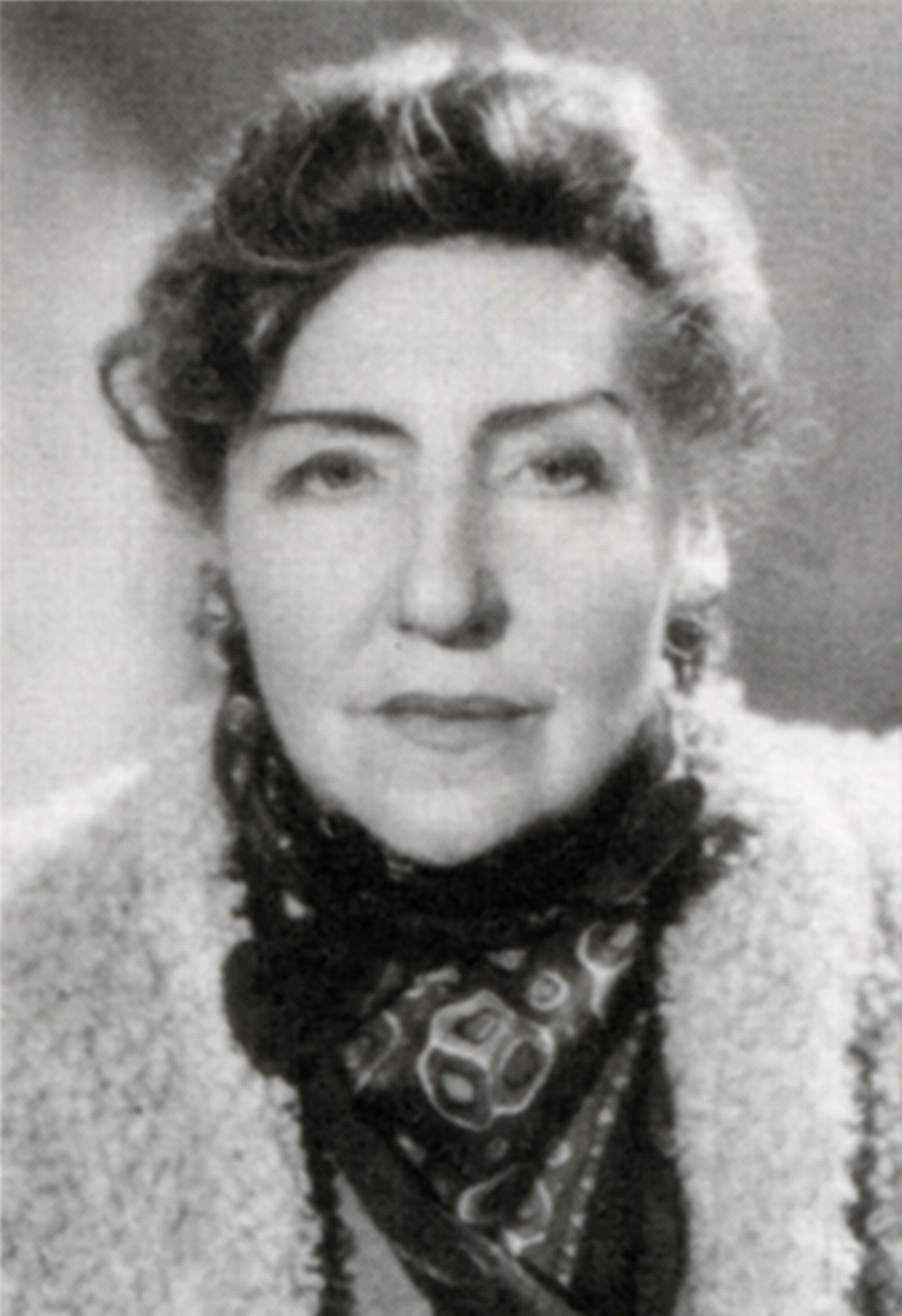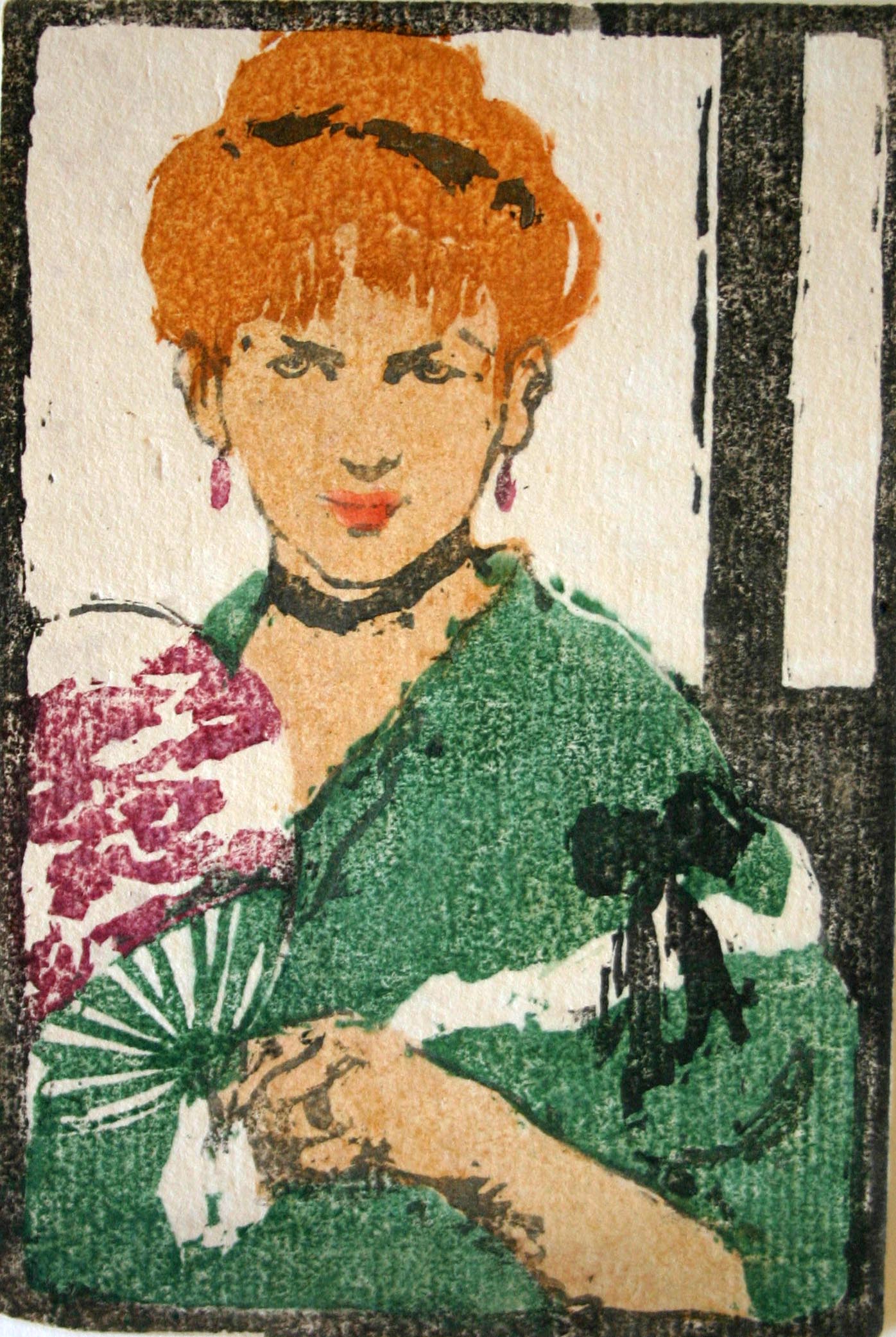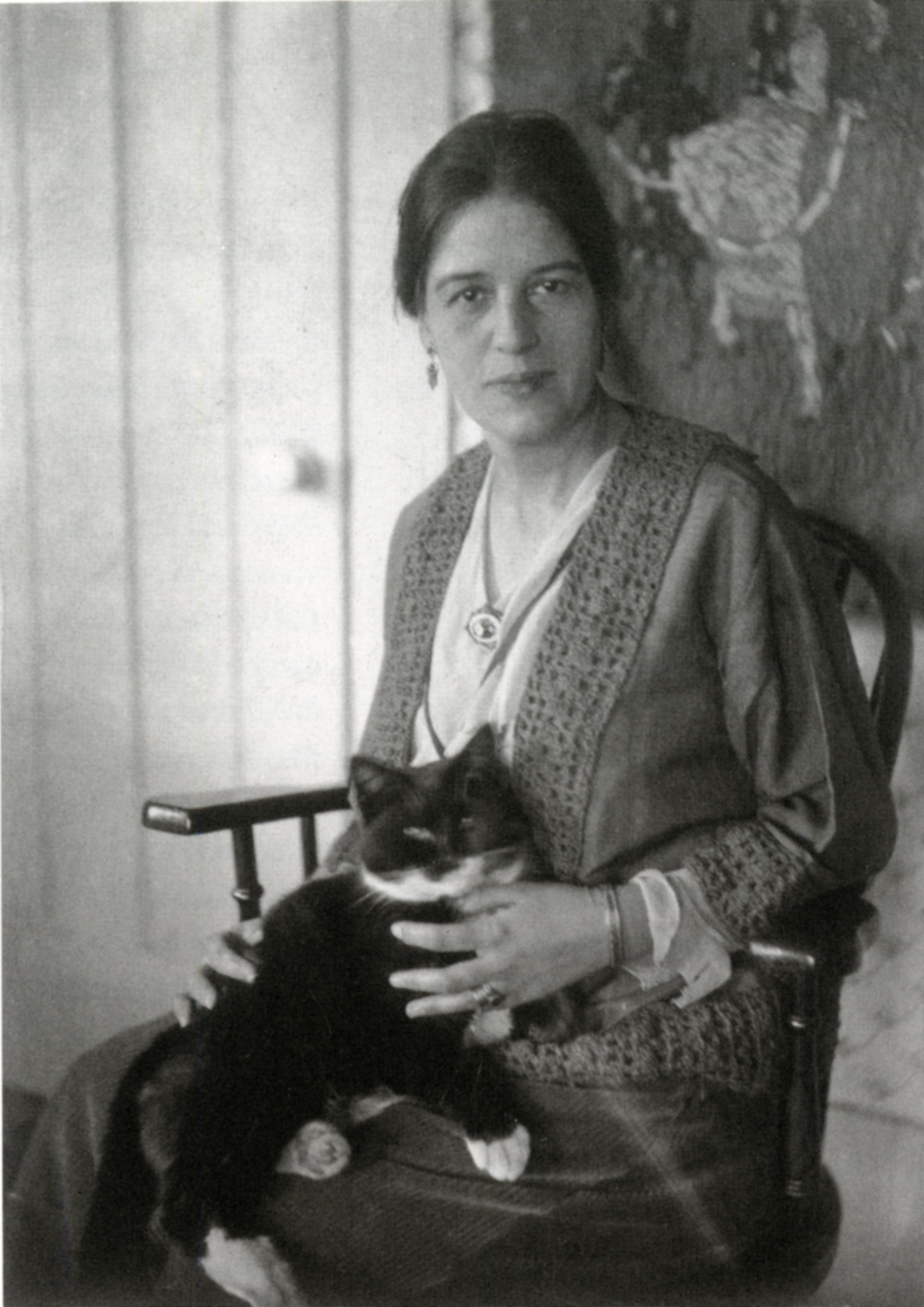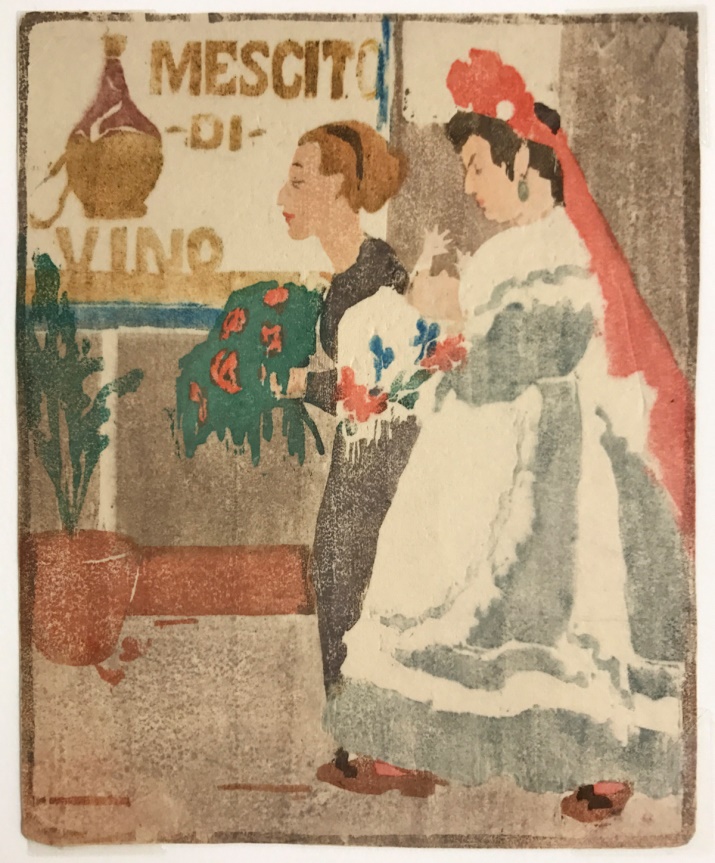Newsletter
Ethel Mars (1876-1959) arrived in Paris amidst the revolutions of modernism that would produce some of the most significant artistic innovations of the twentieth century. In October of 1905 the French art critic Louis Vauxcelles introduced the Parisian public to the Fauves — a group of painters whose exuberant use of non-representational color and line appeared wildly rebellious compared to the classical sculptures they flanked in the exhibition hall at the Salon d’Automne. Though this Salon had a reputation for presenting innovative art, these avant-garde works by Henri Matisse, André Derain, Maurice de Vlaminck and others caused a critical uproar. It was within this modernist milieu that the young American artist enmeshed herself upon her move to Paris.
As a printmaker, Mars continually pushed herself to experiment, exhibiting stylistic affinities with the decorative patterning of Pierre Bonnard and Jean Edouard Vuillard, with the radical coloration of the Fauves, and the block printing techniques of Arthur Wesley Dow and Wassily Kandinsky. Before long Mars would be running in the circles of the Parisian avant-garde, socializing with the likes of Matisse and Pablo Picasso, and serving as an elected member of the graphics committee for the Salon d’Automne.
After completing her training at the Art Academy of Cincinnati in 1898, Mars and her lifelong companion, fellow artist Maude Hunt Squire (1873-1954), moved between New York and various Midwestern cities, traveling Europe, exhibiting frequently, and supporting themselves as illustrators. By the spring of 1906 the pair relocated to Paris to pursue artistic careers in the bohemian capital. Paris was a popular destination for young artists, particularly American women, and a certain degree of good behavior and supervision was expected. Organizations like the American’s Girl’s Club provided lodging, community, and social activities to American women studying art in Paris, while also encouraging “moral rectitude” and providing “a counterforce to the perceived bohemianism of young American women in the city.” Though Mars and Squire socialized with their American contemporaries who stayed at the Club, they eschewed the institution’s moral prescriptions and, as curator Janet Flint explained, “embraced the bohemian life of Paris… with a great deal more zest and panache than most of their more conservative colleagues.”
In fact, Mars and Squire fell in with another group of American expatriates in the city, the Stein siblings, Leo and Gertrude, who had become famous for their championing and patronage of Europe’s avant-garde artists. Mars and Squire were early regulars at Gertrude Stein’s salons—lively gatherings of the bohemian elite held at Stein’s home that included artists and writers such as Matisse, Picasso, Derain, Ernest Hemingway, and Guillaume Apollinaire. Accounts of Mars during her time in Paris often include descriptions of her unconventional self-fashioning and eccentric taste — her purple hair, bright orange lips, bangles stacked high on each arm, and her ever-present hat. As Flint contends, Mars and Squire “enjoyed a more important place in [Stein’s] group of artistic and intellectual friends and in her writing than other American women.” Stein made Mars and Squire the subject of her word portrait, Miss Furr and Miss Skeene (c. 1910), which describes the lives and relationship of the pair of women, and is often attributed as the first literary instance of the use of the word “gay” in reference to homosexuality. Mars and Squire also appear in anecdotes recounted in Stein’s famous Autobiography of Alice B. Toklas (1933).
The true radicalism of Mars’s lifestyle is often understated in scholarship. She lived fearlessly at a time when simply being a woman, regardless of sexual preference, came with strict limitations. In her book Women Together/Women Apart: Portraits of Lesbian Paris, art historian Tirza Latimer points out that,
“[d]espite the fact that Paris offered unparalleled education and professional opportunities in the arts to women from around the world, French law denied most civil rights to women. The Napoleonic Code, whose gendered terms had changed only slightly since its inception in 1804, continued to define women as ‘incompetent,’ on a par with children and the insane.”
A 1919 childhood diary entry by the French poet Mireille Havet sums up the tragic inequity that faced women in early twentieth-century Paris. Havet writes, “I only wish that to grow up and become a woman weren’t synonymous with the loss of freedom.”
Mars’s talent and ambition propelled her to overcome these obstacles personally and professionally. Independent women and girls populate the majority of the woodblock prints made during her time in Paris. In images like Woman With a Fan or Mescito di Vino (both c. 1904), young red-haired women go confidently about their business outside the home, unchaperoned, grinning assuredly in their portraits that nearly fill the small picture planes.
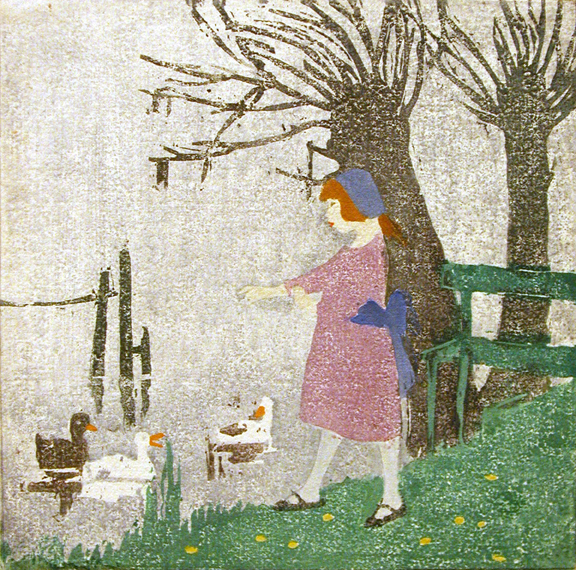
Ethel Mars - Enfant et Canards (Girl with Ducks), c. 1903-11, 8 3/8 x 8 5/16 in., TRRF Accession No.: MR0217001
In Enfant et Canards (c. 1903-11) Mars produces an amplified yet still subtle celebration of independence. In it, a young girl on the verge of adolescence stands at the edge of a pond, tossing bits of food to a group of eager ducks. The girl is the agent in the image — outside, on her own, and in command of the scene. Mars’s inventive modern style, influenced by Dow and Japanese block printing techniques, combines the solidity of a somewhat blocky composition with the softness produced by combining wet paper and pigment. At roughly 8 ½ x 8 ½ inches, Enfant et Canards is nearly twice the size of the aforementioned prints. The scale and placement of the young protagonist at the center of the image and the edge of the water with an outstretched hand imbues the image with a sense of potential. It is as if both Mars and her subject are working to combat the inevitability of the future that Havert lamented in her diary.
Mars was by all accounts a very hardworking artist. She built a steady and successful practice in Paris and by 1907 her prints had garnered enough attention to earn her a spot as a juror for the graphics selection of the Salon d’Automne. As friend and artist Blanche Lazzell recalled, “French artists began to notice some charming prints that were being done by an American (Ethel Mars) in the Autumn Salon. They were considered good enough to have her elected a member of that Society, where she later served on their juries.” Mars and Squire had been well received by local critics since they began exhibiting and in 1909 Mars was described as “one of a group of famous American women at home and abroad,” a group that included Mary Cassatt and Cecelia Beaux.
Mars and Squire remained in France for the rest of their lives, with the exception of a six-year relocation to Provincetown, MA at the outbreak of World War I. They returned to southern France in 1921, eventually settling in Vence. While Mars continued to make art until her death in 1959, her time in Paris laid the groundwork for a life and career defined by risk taking and innovation. As Stein described in her word portrait, the Paris years were a time of growth and development: “Helen Furr had quite a pleasant voice, a voice quite worth cultivating. She did not mind working. She worked to cultivate her voice… Helen Furr and Georgine Skeene were regularly living where very many were living and cultivating in themselves something.”
Essay by Jordan Karney Chaim
